News
Northwestern Hawaiian Islands Coral Reef Ecosystem Reserve Celebrates 20 years
By Athline Clark
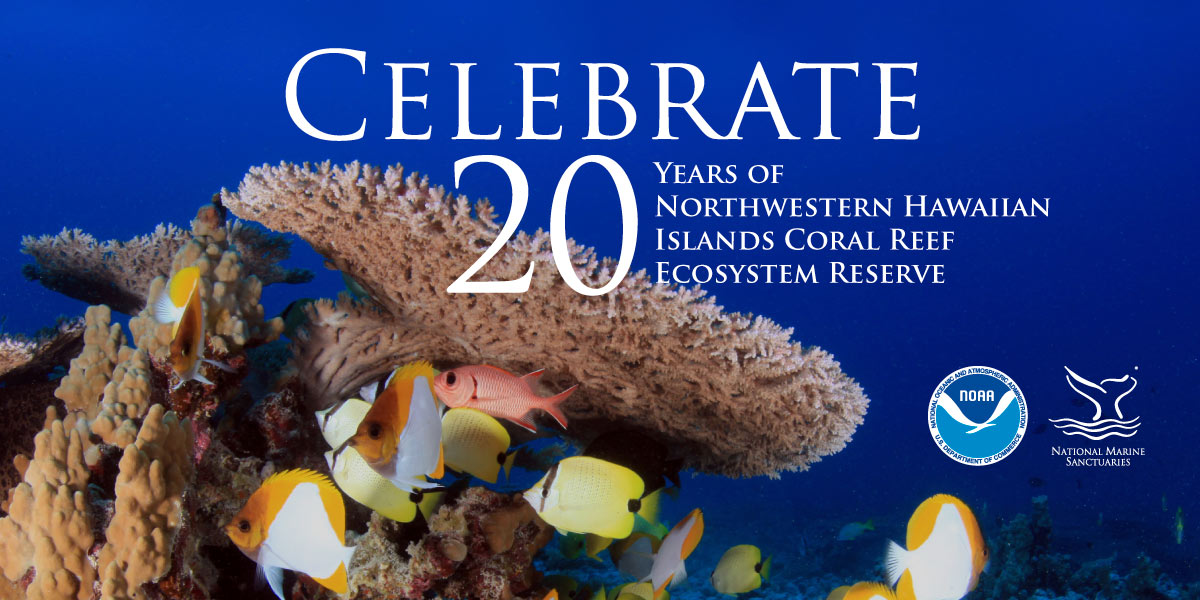
He pūkoʻa kani ʻāina
A coral reef that grows into an island
A person beginning in a small way gains steadily until he becomes firmly established.
The coral polyp is the first life form born in the Hawaiian creation chant Kumulipo, which describes Hawaiian cosmology as a succession of births extending from the primordial darkness which is synonymous with the Northwestern Hawaiian Islands.
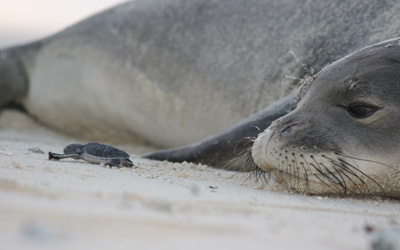
The Northwestern Hawaiian Islands Coral Reef Ecosystem Reserve was established on December 4, 2000, by President Bill Clinton, calling it “a bold and visionary action” and creating the single largest nature preserve ever established in the United States. The reserve provided the strongest level of protections for the ocean ever enacted at the time, and in the words of President Clinton, “set a new global standard for coral reef and wildlife protection.”
The reserve continues to exist, and was overlaid by the creation of Papahānaumokuākea Marine National Monument by President George W. Bush in 2006, expanded to 582,578 square miles by President Barack Obama in 2016.
This year, we not only celebrate the 20th Anniversary of the reserve, but also acknowledge the fact that the designation marked the birth of large-scale ocean management, since the Great Barrier Reef was no longer the only large MPA globally. It was also the first significant marine conservation initiative enacted within the Northwestern Hawaiian Islands since the area was established as a Wildlife Refuge in 1909 by President Theodore Roosevelt.
Prior to the establishment of the reserve, we were potentially faced with two competing choices for the future of a vast ocean area that was critically important to a myriad of endemic species: either open the coral reef areas for more extraction or conserve the area for future generations.
Sacred Site
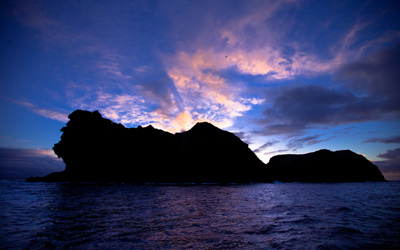
The site is sacred in Native Hawaiian cosmology and is the only nesting, breeding, and resting habitat for a number of species. Many in the Native Hawaiian and conservation community and within local government raised awareness of the existence of the NWHI at a local and national level, and advocated for the need to protect and conserve this special place.
It was also crucial to articulate a vision for the northwestern three-fourths of the Hawaiian Archipelago. This vision would enable comprehensive management of our ocean resources across the entire island chain, and ensure that impacts occurring in the main Hawaiian Islands could be buffered by the protections being put in place throughout the rest of the pae ʻāina.
Visioning Sessions
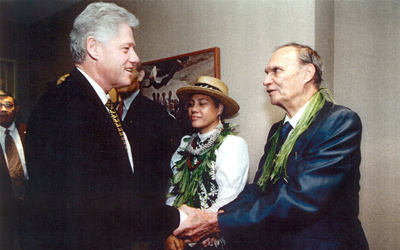
On May 26, 2000, President Clinton announced his intention to provide "strong and lasting protection for the coral reef ecosystem of the Northwestern Hawaiian Islands." He directed the secretaries of the Departments of the Interior and Commerce, working cooperatively with the State of Hawaii and consulting with the Western Pacific Regional Fisheries Management Council, to develop recommendations within 90 days for a new, coordinated management regime to increase protection of the ecosystem and provide for sustainable use. The departments were also directed to conduct "visioning" sessions, which would provide opportunities for public comments to help shape the final recommendations. The end result was a powerful demonstration of the public’s intense interest and passionate concern for the future of the Northwestern Hawaiian Islands that became the basis for the creation of the reserve.
Reserve Advisory Council
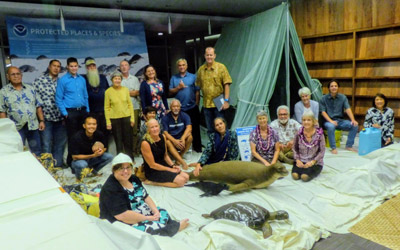
The establishment of the reserve was the catalyst for the creation of the Reserve Advisory Council. The council is composed of nine government and 14 non-governmental representatives. Serving in a volunteer capacity, the council members represent a variety of local user groups as well as the general public, and provide advice and recommendations to NOAA's Office of National Marine Sanctuaries. This robust public involvement has collectively provided advice and recommendations to NOAA for 20 years, representing over 6,700 hours of time and commitment to the site. This year we are also honoring their commitment to the site with monthly past and present council member profiles.
The reserve advisory council contributed greatly to the draft management plan for a national marine sanctuary, which was called for in the designation of the reserve by President Clinton. A draft sanctuary management plan was submitted to the Department of Commerce in April 2006. This became the basis for the marine national monument established by President George Bush under the Antiquities Act in June 2006.
20 Years of Accomplishments
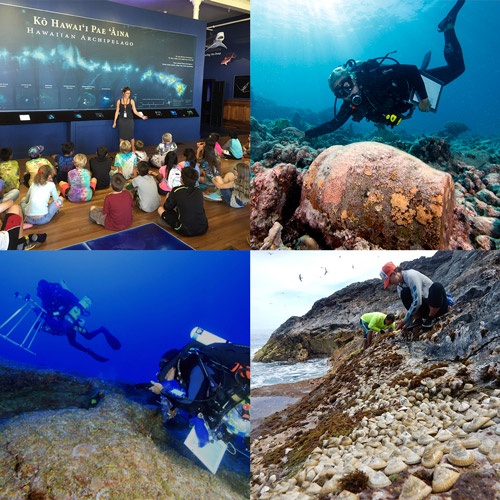
Over the years, there have been many achievements at the site that were initiated at the creation of the reserve. These include the Mokupāpapa Discovery Center, created in 2003 in Hilo Hawaiʻi, an outreach and education center and critical community hub for Hawaiʻi Island. 17 shipwrecks dating from 1818 and several airplanes that were lost during WWII have been discovered and documented. Nearly 20 years of ongoing assessment and monitoring of the reefs and shoals has resulted in numerous scientific discoveries. With partners, almost 60% of the shallow and deep ocean areas of the reserve have been mapped. A Native Hawaiian naming process has been incorporated to generate species names for many of the newly discovered species in the reserve.
Commitment to the future
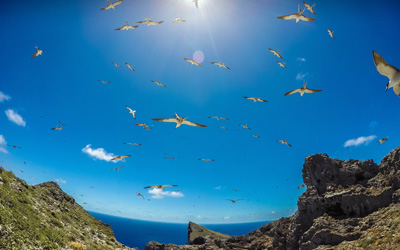
The Northwestern Hawaiian Islands Coral Reef Ecosystem Reserve celebrates 20 years of ocean protection with a commitment to preserve and protect the delicate region, the critical heritage values of the sea and to further the global understanding of the importance of protecting the ocean. We honor all those who had the vision to advocate for the protections of this special place, and we acknowledge and learn from those kūpuna who led the way.
Athline Clark is NOAA's superintendent of Papahānaumokuākea Marine National Monument.


